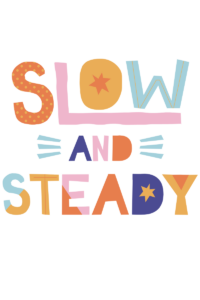To be clear Black History Month should be Black History 365. To isolate Black excellence to 30 days in a year is choosing to ignore the contributions of these pioneers to our society.
I’m hoping to share some names with you in this post that you may not be familiar with.
There is a short overview of each person. That was purposeful because my goal is to get you started.
Do the work and dig into their contributions. Then share that with your students.
Black History Month is not meant for classroom lessons for you to check off a list.
Black History Month is meant to expand our knowledge and appreciation for the Black Community.
























